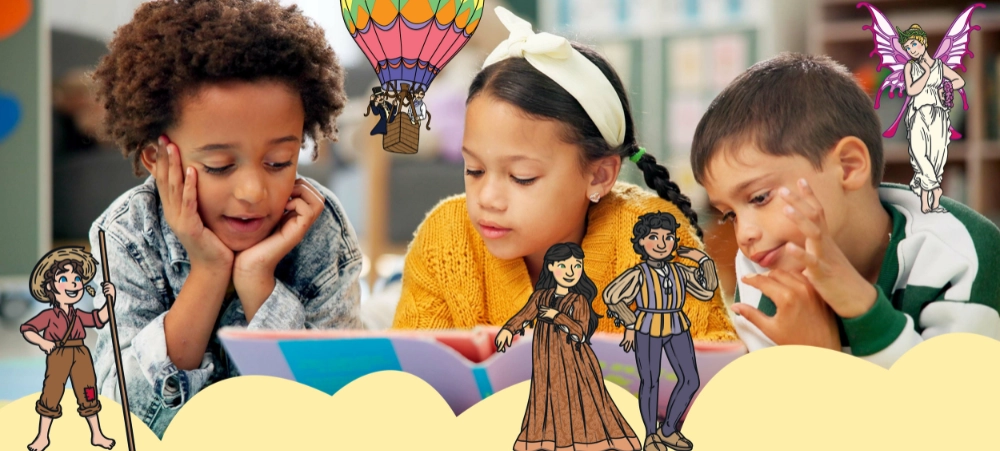The past couple years have had a tremendous impact on the mental and emotional wellbeing of most people, and young children have not escaped the impact of Covid-19 and the lockdowns in this regard. Parents may have seen a change in their children, including increased instances of anger outbursts, sometimes of the explosive kind.
“There has definitely been an increase worldwide and in South Africa of children struggling to manage anger and anxiety – outbursts that are quite distinct from run of the mill so-called tantrums which some children exhibit under normal circumstances,” says Educational Psychologist Dr Greg Pienaar, Principal at The Bridge Assisted Learning School, a brand of ADvTECH, Africa’s leading private education provider.
The Bridge, which opened its doors in January 2018, has filled a niche demand in education, catering to students of average to above average ability who face certain learning barriers and social or emotional challenges.
Pienaar says that parents whose children exhibited out-of-character anger outbursts, with an increase in frequency or intensity, may have been left baffled by these incidents.
“The first thing to note is that, given the unusual circumstances of this year, this behaviour is relatively normal. However, having said that, parents definitely need to address the situation to ensure it is resolved, and seek help should they struggle to do so,” he says.
A September report by the Centre for Disease Control (CDC), noted that Covid-19 affected children directly and indirectly beyond getting sick or the threat of them or their loved ones falling ill.
“Many children’s social, emotional, and mental well-being have been impacted by the pandemic. Trauma faced at this developmental stage may have long-term consequences across their lifespan,” the report said.
Listed as contributing factors to this impact were:
- Changed routines
- Breaks in continuity of learning
- Breaks in continuity of healthcare
- Significant life events that were missed
- Loss of safety and security
“All the above factors, and many others, mean that children have had to deal with a major and historical life event at a very young age, when they are still learning to process feelings and emotions. Unusual behaviour may have arisen as a result,” Pienaar says.
“This includes anger outbursts, simply because children often don’t know, or don’t have the tools, to express their feelings effectively when they are young. Anger is their way of communication, their way of telling you there is a problem.”
Essentially, the misbehaviour is the language the child has available to express themselves.
So, parents and teachers need to respond appropriately to meltdowns and not immediately react with harsh punishment, arising from their own anger. It is important to model calm and considered behaviour at this point, Pienaar says.
“The most important first step is to understand that there is a reason for the meltdown, and then to determine what that reason is. This involves spending time with the child, and communicating as effectively as possible,” he says.
“Remember we as adults have the ability to understand what is going on, even in our uncertainty. But our children were faced with a tremendous amount of unexpected and immediate changes, ranging from wearing masks, having to social distance, giving no hugs or not seeing important people in their lives. Children had to learn to grow up and face fear of death, uncertainty and the fallout from their parents’ fears and anxieties before they were mature enough to handle these big changes and big feelings. So it is not reasonable to expect all children to just have absorbed these changes and coped forthwith.”
Pienaar says to bring the situation back to normal, parents should ensure they:
1. GET ALL ROUTINES BACK TO NORMAL AS SOON AS POSSIBLE
Try to get life at home back to a predictable routine, explain why it is necessary and why everyone is going to stick to it. Children need predictable routines, boundaries and restrictions to give them the parameters in which they can explore and thrive.
2. HARNESS ‘IN THE MOMENT’ SITUATIONS
Under normal circumstances, an anger tantrum may call for a timeout. However instead of timeouts, try time-ins. Sending children away and into isolation may sometimes worsen the situation. Rather take the child for a walk, or sit in a park, and be there for them. Discuss the feelings the child is having, and discuss how the child can manage those feelings in an alternative way. Listen and learn.
“Remember that there is a difference between a tantrum and an outburst of anger, although they may seem similar on the surface,” Pienaar says.
“A tantrum occurs when a child doesn’t get his way. The way to address this is to consistently not indulge the demands of the child, which ultimately allows the child to learn that the parent will be consistently enforcing rules and boundaries, and that tantrums are pointless.”
Anger issues however point to larger problems outside of the child’s control.
“Developing a close connection with the child, spending quality time and developing language around emotions, is the best way to empower a child to manage their anger effectively. If this does not help, and the outbursts continue or escalate, it is advisable that parents seek additional intervention to address the matter early and before greater emotional trauma develops.”
- Children need to be equipped for life, beyond the classroom - July 12, 2024
- Empowering children : Managing emotional challenges in the classroom - June 12, 2024
- Neurodiversity and change: How schools can support students - April 25, 2024





